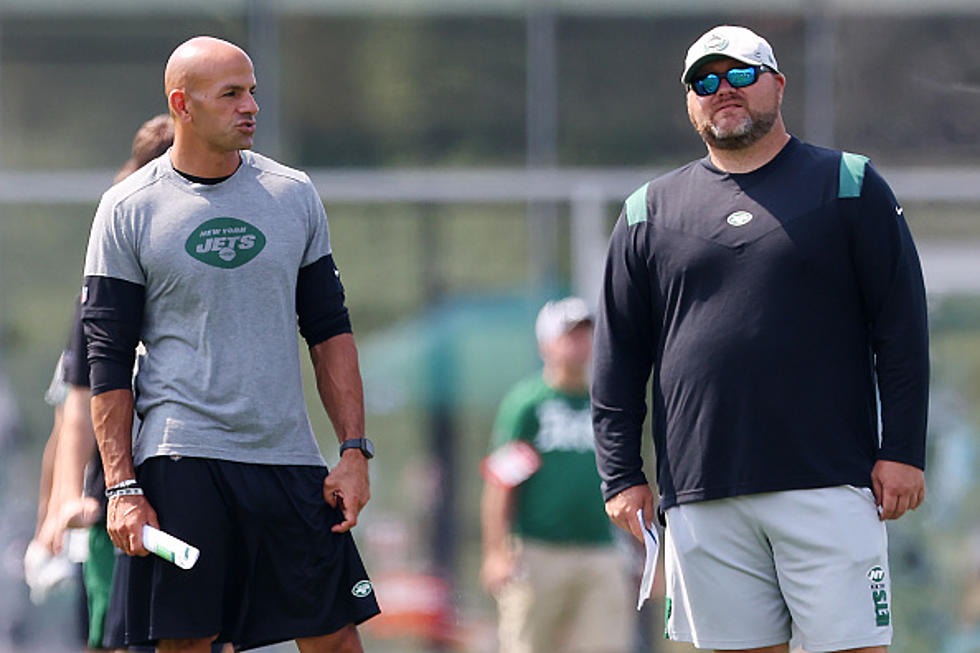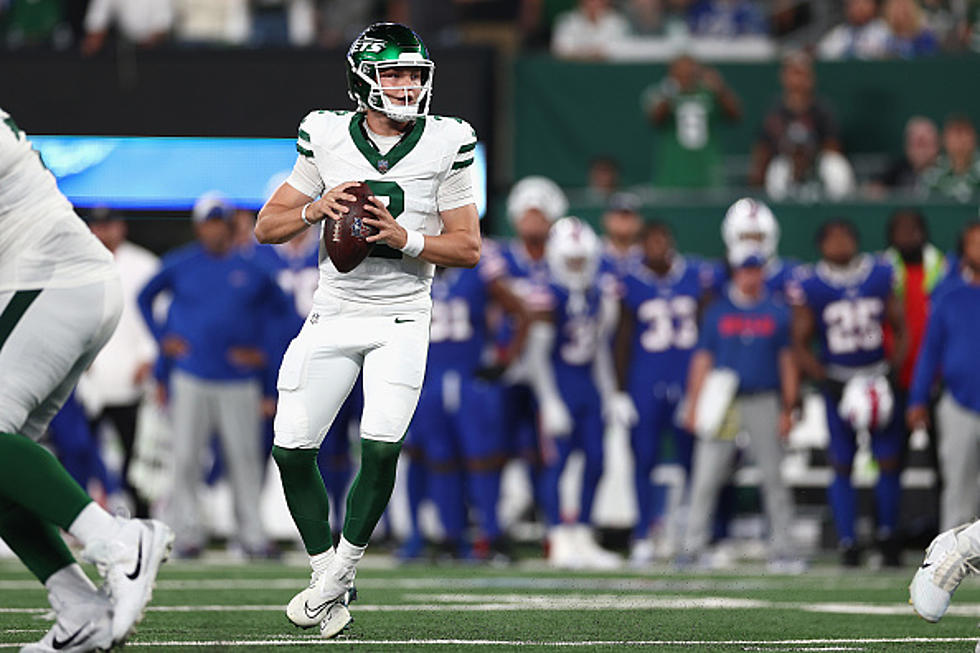
Zach Wilson Continues to Check the Boxes
In the weeks leading up to the first mandatory minicamp of the summer, the Jets number one draft pick and future starting quarterback, took advantage of the bright lights and big city. Zach Wilson, surrounded by his fun loving, beer chugging offensive lineman, dominated the fan cam appearances during several New York Islanders playoff home games. Wilson and his entourage has been embraced by the Islanders fan base and maybe many other New Yorkers.
But today was the day to put the rubber to the road. The Jets got to test drive their new toy in front of the media. Trust me, plenty of prep went into today looking great for Mr. Wilson. At the same time, Zach has to have the physical tools to perform NFL level quarterback tasks and it appears that he does.

Andy Vasquez from USA Today Sports and northjersey.com was on The Drive with Charlie and Dan, right after seeing Wilson perform at Jets mini-camp today, down in Florham Park, New Jersey. Andy was pleasantly impressed by Wilson but noted, “no one was trying to tackle him or his receivers…” With that said, he still has to have an understanding of the Jets offense already. That is a good sign. Vasquez also dispelled the rumblings that Zach Wilson was too small to be an effective NFL quarterback, saying Wilson “is only an inch shorter than Sam Darnold.” Maybe we'll ask Andy for another reference for an "effective NFL quarterback" next time.
So a good start for Mr. Zach Wilson. The young man seems to have an understanding of the opportunities in front of him on and off the field in the Big Apple. He found a way to ingratiate himself to another New York fan base. He performed well in his mandatory minicamp debut...check, check and check. Now, we just have to wait and see.
LOOK: The most expensive weather and climate disasters in recent decades
More From 104.5 THE TEAM









